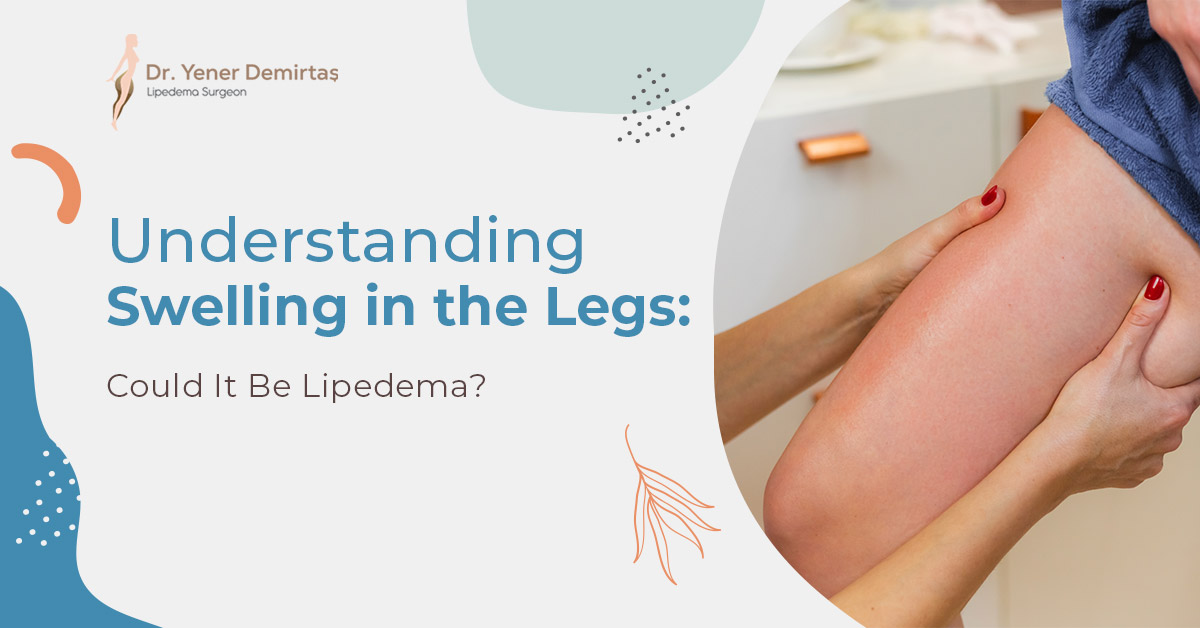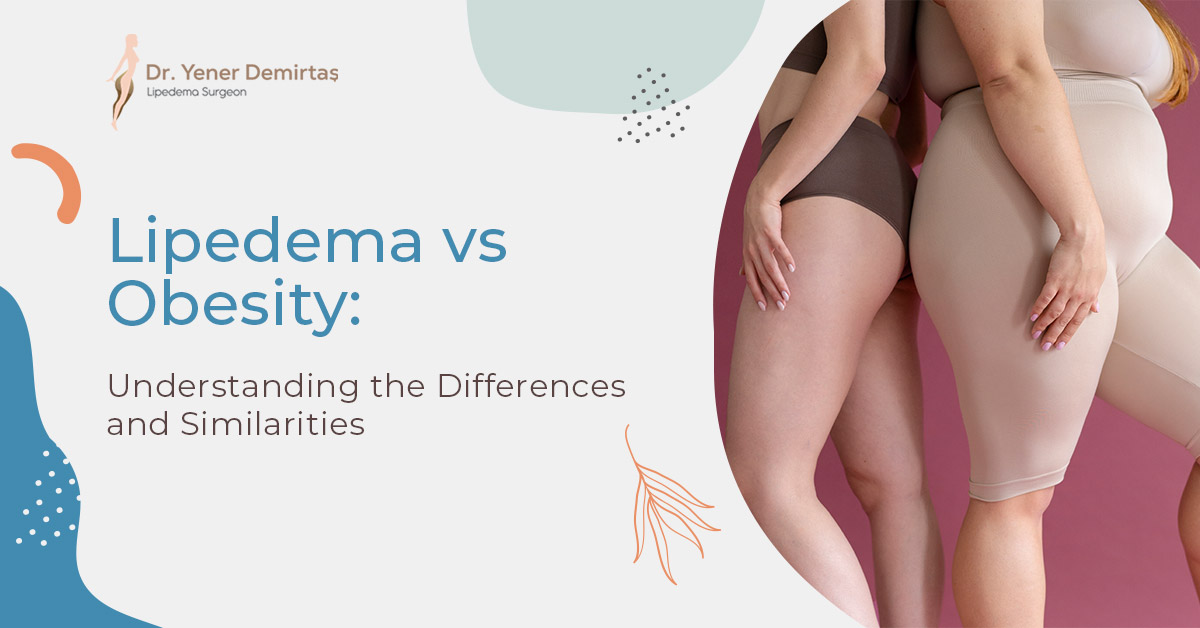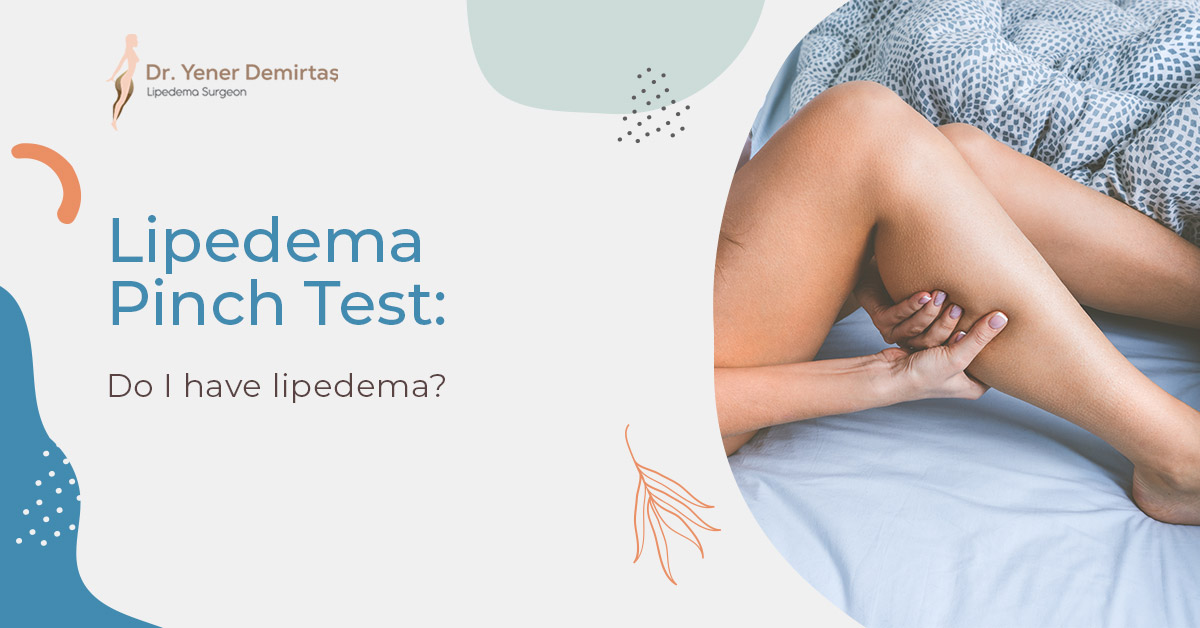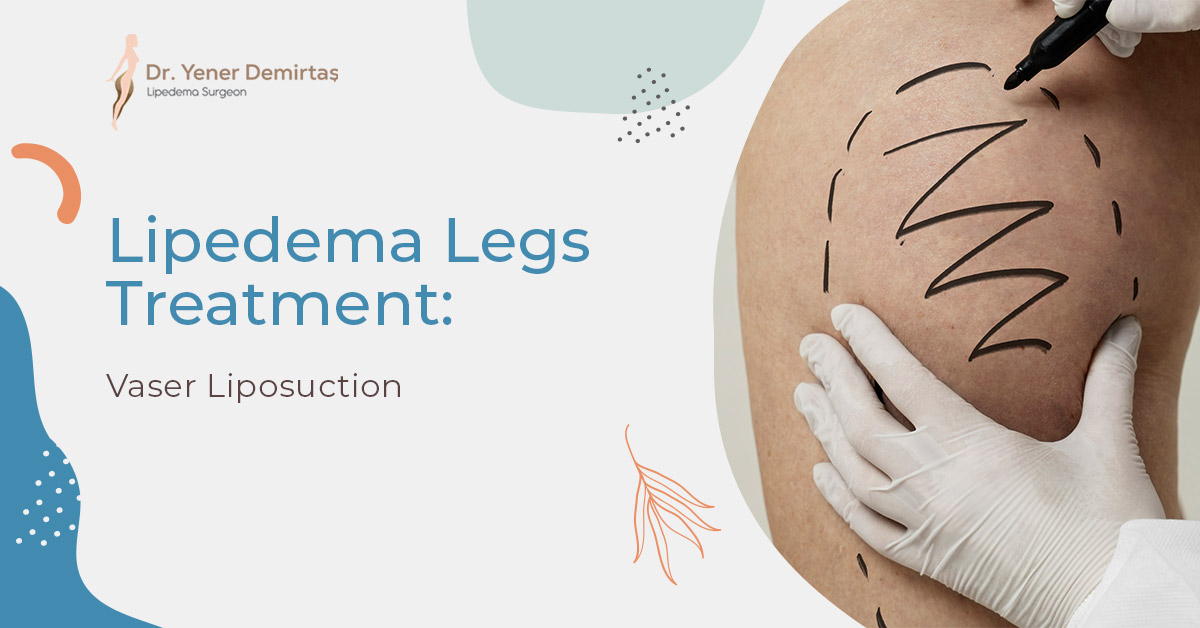Lipedema or Just Fat Legs? Differences and Similarities
Lipedema is a chronic medical condition that is often mistaken for obesity or simply having fat legs. It is crucial to understand the differences between these conditions to ensure proper diagnosis and treatment. In this article, we will explore the distinctions between lipedema, fat legs, and obesity, and discuss how to identify and manage each condition effectively.
Defining Lipedema, Fat Legs, and Obesity
- Lipedema: A disorder characterized by abnormal fat distribution, primarily affecting the legs and sometimes the arms. It is often accompanied by pain, swelling, and easy bruising.
- Fat Legs: Refers to a higher amount of fat in the legs compared to other body parts. This may be due to various factors, including genetics, diet, and physical activity levels.
- Obesity: A medical condition where excess body fat accumulates, posing health risks. Obesity affects the entire body and is usually determined by calculating one's Body Mass Index (BMI).
While both lipedema and having fat legs involve increased fat in the legs, lipedema is a distinct medical condition with unique symptoms and progression.
Symptoms: Lipedema or Just Fat Legs?
When trying to determine whether you have lipedema or just fat legs, consider the following symptoms:
- Pain and tenderness: Lipedema often causes pain and sensitivity in the affected areas, while fat legs due to obesity are typically painless.
- Swelling: Lipedema causes disproportionate swelling in the legs, whereas fat legs from obesity generally have more uniform fat distribution.
- Bruising: People with lipedema tend to bruise easily, while those with fat legs from obesity do not usually experience this symptom.
Lipedema vs. Obesity: Identifying the Differences
Key differences between lipedema and obesity include:
- Fat distribution: Lipedema affects the legs and sometimes the arms, with symmetrical fat accumulation. Obesity impacts the entire body, with fat distributed more evenly.
- Skin texture: Lipedema can cause uneven skin texture and nodules in advanced stages, while obesity does not typically result in such changes.
- Pain: Lipedema is often painful, whereas obesity is generally painless unless complications arise.
It is essential to receive a proper diagnosis to ensure appropriate treatment and management.
Causes and Risk Factors
Lipedema is believed to be caused by genetic and hormonal factors, with possible triggers such as puberty, pregnancy, or menopause. Obesity, on the other hand, often results from a combination of genetic predisposition, poor diet, and physical inactivity.
Diagnostic Methods for Lipedema and Obesity
To differentiate between lipedema and obesity, healthcare professionals may use:
- Physical examination: Assessing the affected areas for signs of lipedema, such as disproportionate fat distribution and skin texture changes.
- Imaging studies: Techniques like ultrasound, MRI, or CT scans can help visualize the underlying fat tissue.
- BMI calculation: This can help determine if an individual is obese, overweight, or within a healthy weight range.
Treatment Options for Lipedema and Obesity
Different treatment approaches are necessary for lipedema and obesity:
- Lipedema: Compression therapy, manual lymphatic drainage, liposuction, and low-impact exercise are common treatment options. Vaser liposuction has proven itself in the surgical treatment of lipoedema.
- Obesity: Lifestyle changes, such as adopting a balanced diet and engaging in regular physical activity, are crucial for managing obesity. In some cases, medication or bariatric surgery may be recommended.






